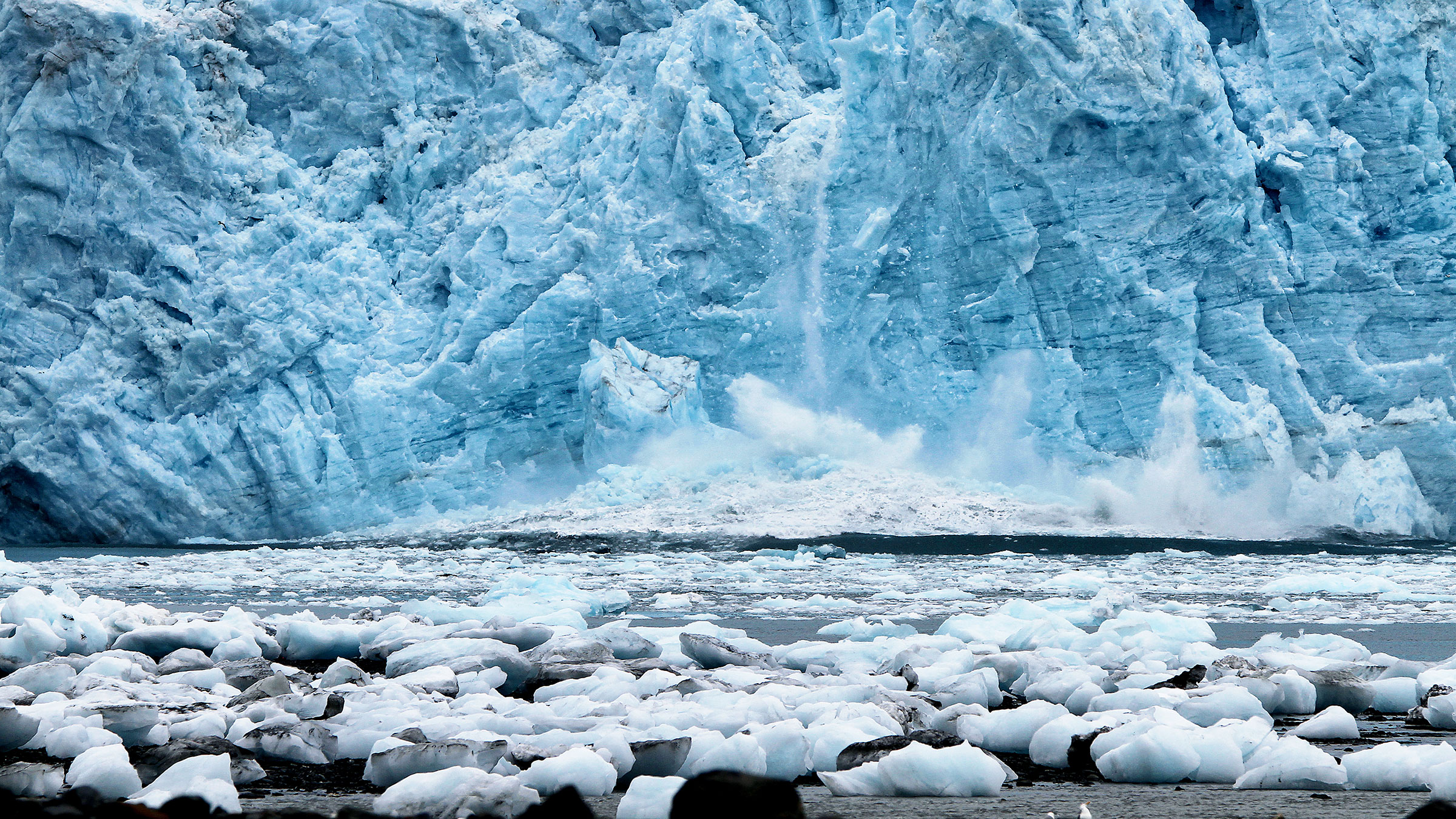Climate change is altering life in Alaska, for wildlife and humans alike
Alaska, home to some of the world’s most diverse ecosystems, intact wilderness, and abundant natural resources, is experiencing some of the most severe impacts of climate change observed in the United States. The interrelated threats posed by climate change are growing at an alarming pace, making the conservation challenges of today more complex than ever. These changes threaten not only the plants and animals that live here but Alaskans’ health, our communities and their ways of life. These are not only conservation issues but environmental health and justice issues as well.
- Alaska has warmed at an average of 1.5°C over the last 60 years, more than twice as fast than the continental U.S. (USGCRP 2014).
- Alaska’s coasts are undergoing unprecedented and alarming changes including extremely high rates of coastal erosion and increased impacts from storms and flooding.
- Rapidly warming waters (Balmeseda et al. 2013) present novel threats from invasive species as well as increased frequencies and durations of harmful algal blooms (HABs; USGCRP 2014).
- Declining and increasingly variable seasonal sea ice extent allows for the expansion of new vessel traffic resulting in increased concerns about oil and other hazardous material spills going undetected or untreated in a timely manner (AMSA 2009).
- Alaskan oceans are experiencing some of the highest levels of ocean acidification observed worldwide (Mathis et al. 2015).
Alaskan communities are disproportionately vulnerable to extreme weather events and climate-related hazards compared to the rest of the U.S. for several reasons. For one, the majority of communities and towns are not accessible by roads, and are fairly isolated and cut off from the large network of resources and infrastructure that are common in other areas of the country. The majority of Alaskan communities, particularly Alaska Native tribes, depend on a subsistence lifestyle, which relies heavily on fishing, hunting, and gathering of local wild resources, and is built upon extensive traditional knowledge and cultural practices (e.g., Bering Sea Elders 2011, Gadamus 2013, Kawerak 2014). In these isolated locations, reliable access to harvested species is critical to food security. Vital subsistence resources are increasingly less predictable due to shifts in species locations or seasonal availability and travel conditions that have become more dangerous with diminished ice and unpredictable weather (Poe and Burn 2013).
In addition to the challenges associated with the accelerated rate Alaska is experiencing climate change and our unique dependence on the systems that are changing, Alaska also faces issues with climate adaptation planning as the remoteness of much of the state inhibits collection of baseline data.
Alaska Conservation Foundation is actively working throughout the state with a variety of entities to improve systems and build resilience to climate change. Learn more:



